How to make Yunnan Katim red cherry sun-dried coffee beans? Different from Huaguo Mountain and sharing stories
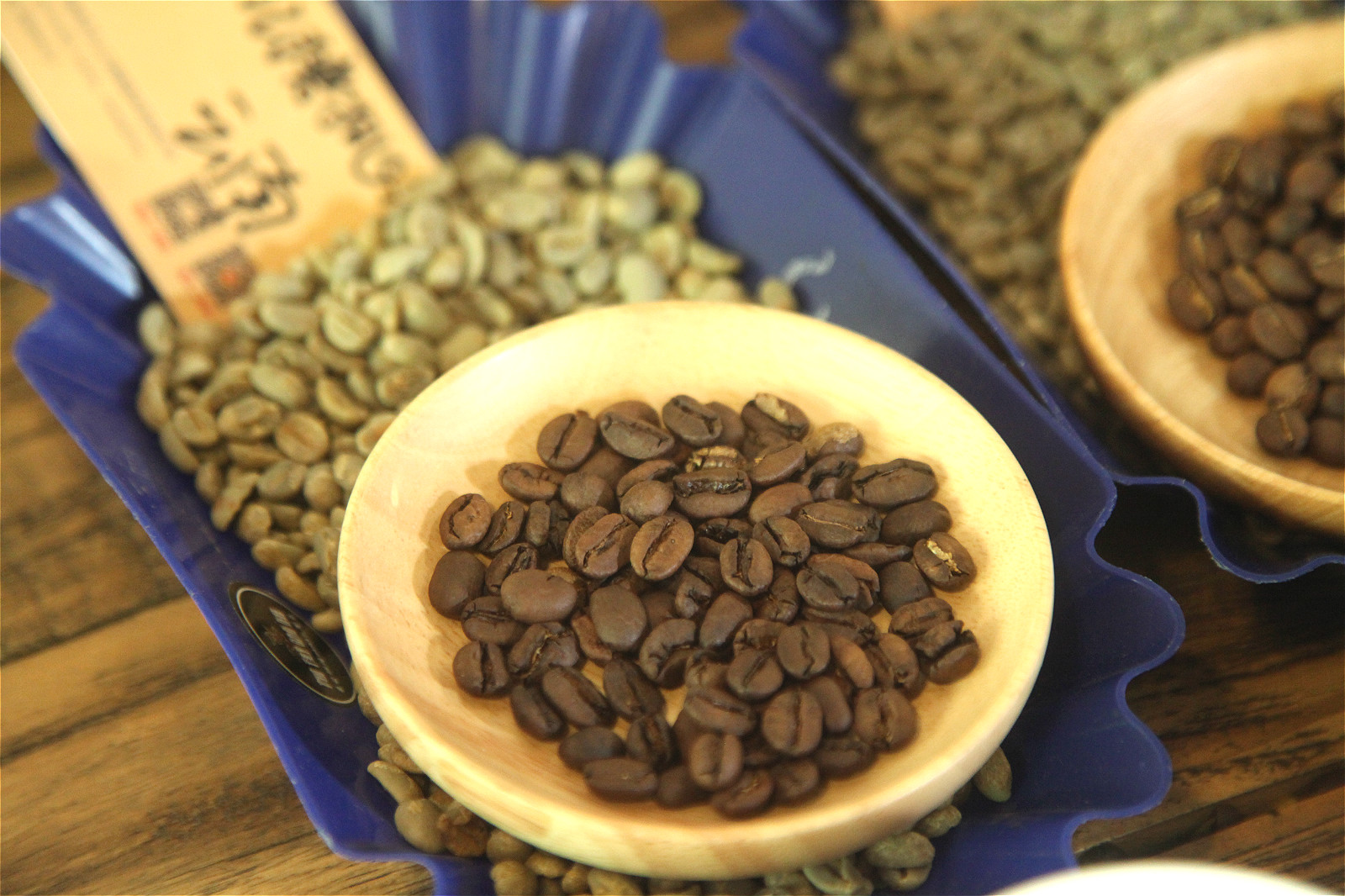
Professional coffee knowledge exchange More coffee bean information Please pay attention to coffee workshop (Weixin Official Accounts cafe_style)
Yunnan Katim
Treatment: Red cherry sun treatment
Breed: Katim
Altitude: 1450-1550 m
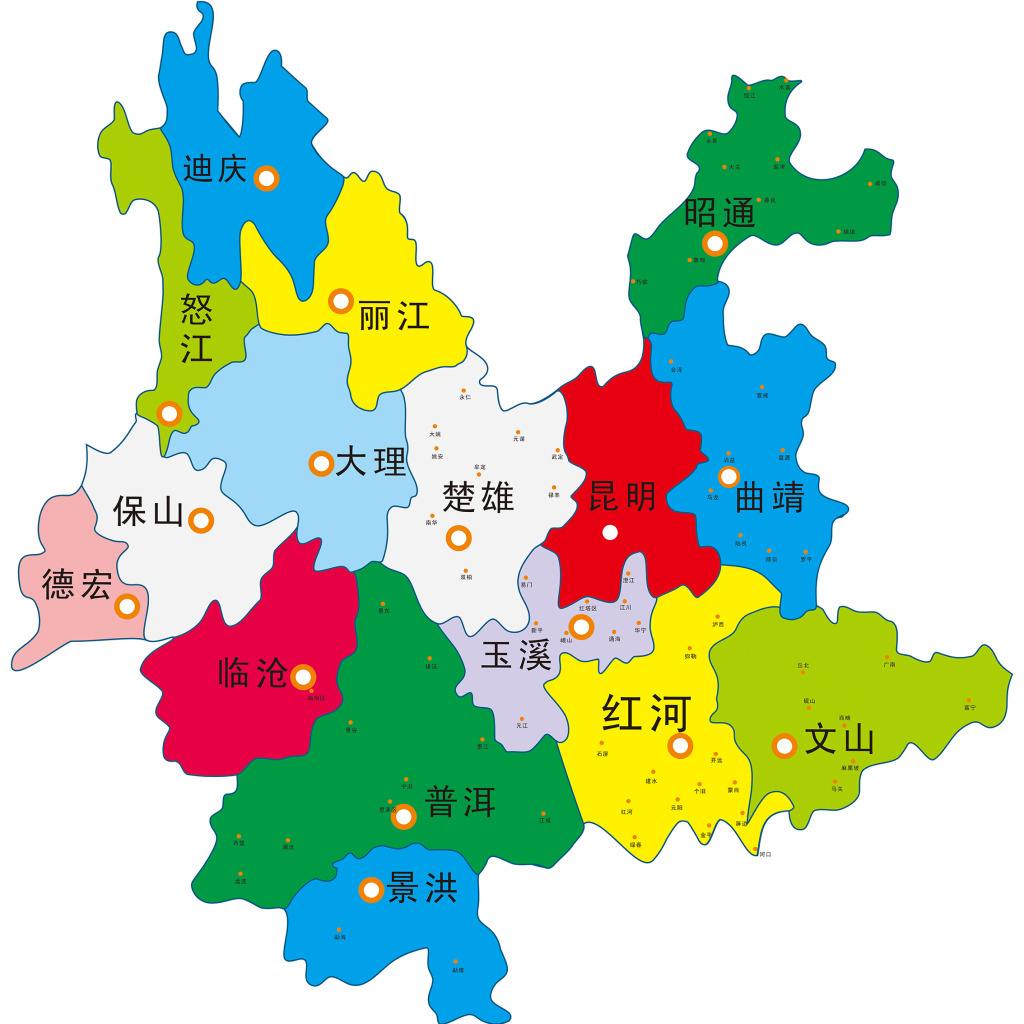
Yunnan is located between 15° N and Tropic of Cancer, most of which are 1000-2000 meters above sea level. The terrain is dominated by mountains and slopes, with large undulations, fertile soil, abundant sunshine, abundant rainfall and large temperature difference between day and night. These unique natural conditions form the particularity of Yunnan Arabica coffee-strong but not bitter, fragrant but not strong, slightly fruity.
Baoshan Lujiangba began large-scale coffee industry cultivation since 1950s. The perennial high temperature, suitable rainfall, sufficient light and red volcanic ash soil rich in minerals make the natural conditions for coffee cultivation extremely superior. The coffee produced is of excellent quality, fragrant and mellow. Now Lujiangba has become one of the largest coffee seed bases and important producing areas in China.
Yunnan Coffee Story
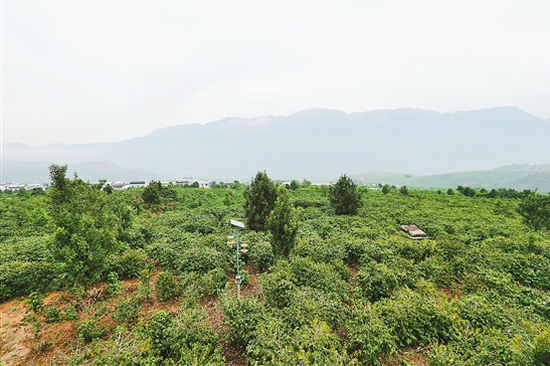
Yunnan has the earliest history of coffee cultivation in China. In 1892 (18th year of Guangxu reign of Qing Dynasty), French missionary Tian Deneng planted the first coffee tree in Zhugula Village, Binchuan, Dali, which opened the prelude of coffee cultivation in the mainland of China. Baoshan Lujiangba, dry and hot valley climate is very suitable for coffee cultivation, because the coffee garden backed by Gaoligong Mountain can reach an altitude of 1500 meters. In 1952, the first trial planting in Baoshan area was exactly half of China's century-old coffee history. In the early days, Arabica varieties were introduced into the village, mainly iron pickup and bourbon.
In order to simply increase production, coffee farmers began to cut down good varieties of coffee with good flavor and plant varieties with poor flavor but very high yield. S288, which is resistant to leaf rust, was introduced in the early stage. In the later stage, more high-yield katim varieties were introduced. The older generation of coffee people basically did not drink coffee. They only regarded coffee as a cash crop in the hope of increasing income. Therefore, a large number of good varieties of coffee were cut down and planted with high-yield varieties [katim]. This is also the reason why Yunnan coffee beans are characterized by mellow taste.
[Production area]

Yunnan coffee is mainly planted in Lincang, Baoshan, Pu 'er and Dehong, where there are natural resources with low latitude, high altitude and large temperature difference between day and night, making Yunnan a golden planting area for producing Arabica (small grain) coffee with high quality. Baoshan has an average temperature of 21.5℃ and a maximum temperature of 40.4℃. There is basically no frost all year round. It is recognized as the best producing area of Arabica coffee. Yunnan coffee cultivated here is characterized by strong but not bitter, fragrant but not strong, well-proportioned particles, mellow and rich, and with fruit flavor and famous at home and abroad.
[Variety]
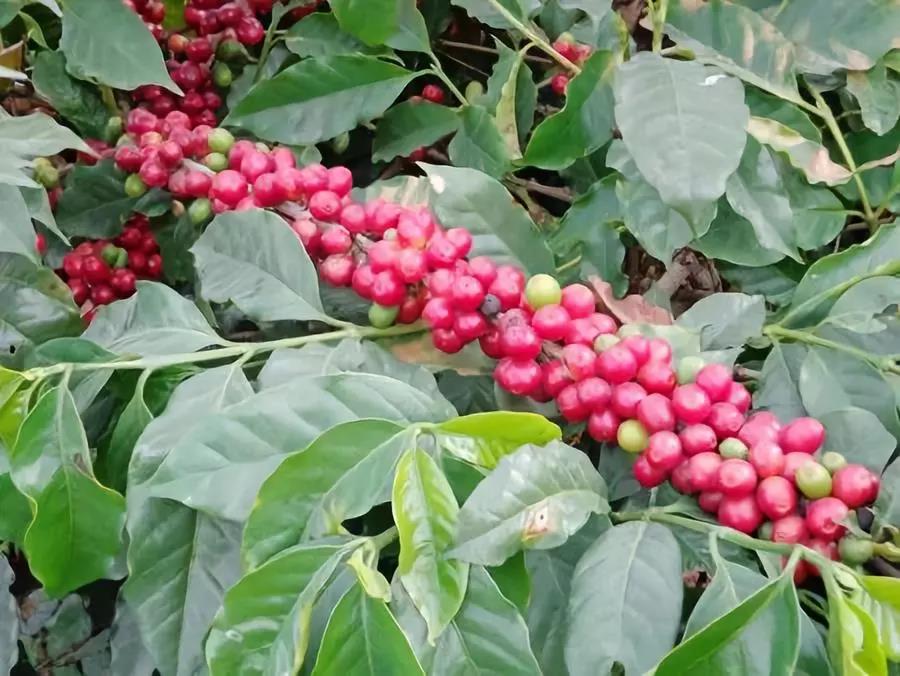
Katim: In 1959, the Portugal interbred Brazilian Kadura with Timo to breed a hybrid second generation Katimo with super disease resistance and yield. However, the flavor is also poor, and it is an important variety of commercial beans at present. In recent years botanists around the world have turned to cross-breeding Arabica and Catimo bands in an attempt to reduce the lineage of the beans in order to improve the bad reputation of the Catimo Cup.
[Red Cherry Solarization Method]
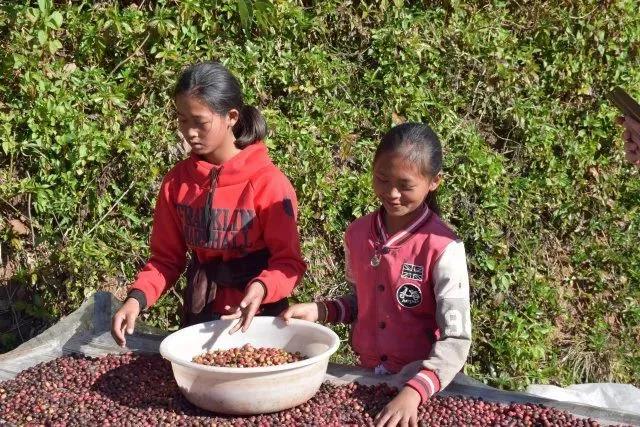
1. Harvest ripe coffee fruit
2. Preliminary selection of impurities and inferior beans
3. Screening floating beans: Pour coffee cherries into the sink. The ripe and full fruits will sink to the bottom of the sink, and the immature or incomplete fruits will float to the surface.
4. Sun drying: the sink in the bottom of the mature coffee fruit out, spread in the sun drying field, the moisture from 70% to 10-12% or so. The fruit should be turned several times a day to air dry evenly and covered at night to avoid moisture.
5. Dehusking: After about two weeks to four weeks of exposure, the outer layer of coffee seeds has dried, and then use a huller to remove the shell.
Advantages: The treatment process is very simple, does not need to invest too many tools and equipment, and in addition to the removal of floating beans steps, do not need to use water, low cost, in the water resources are not rich and less rich areas are widely used.
[Raw beans and baking]
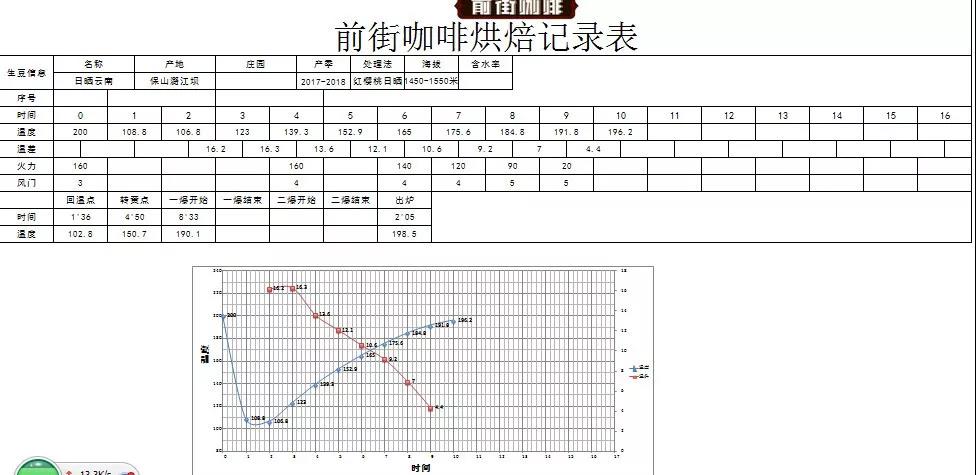
Katim green beans look yellowish green, with silver skin attached, compared to Huaguoshan flatter body shape, lower water content. And Huaguo Mountain has more silver skin, which is precious green.
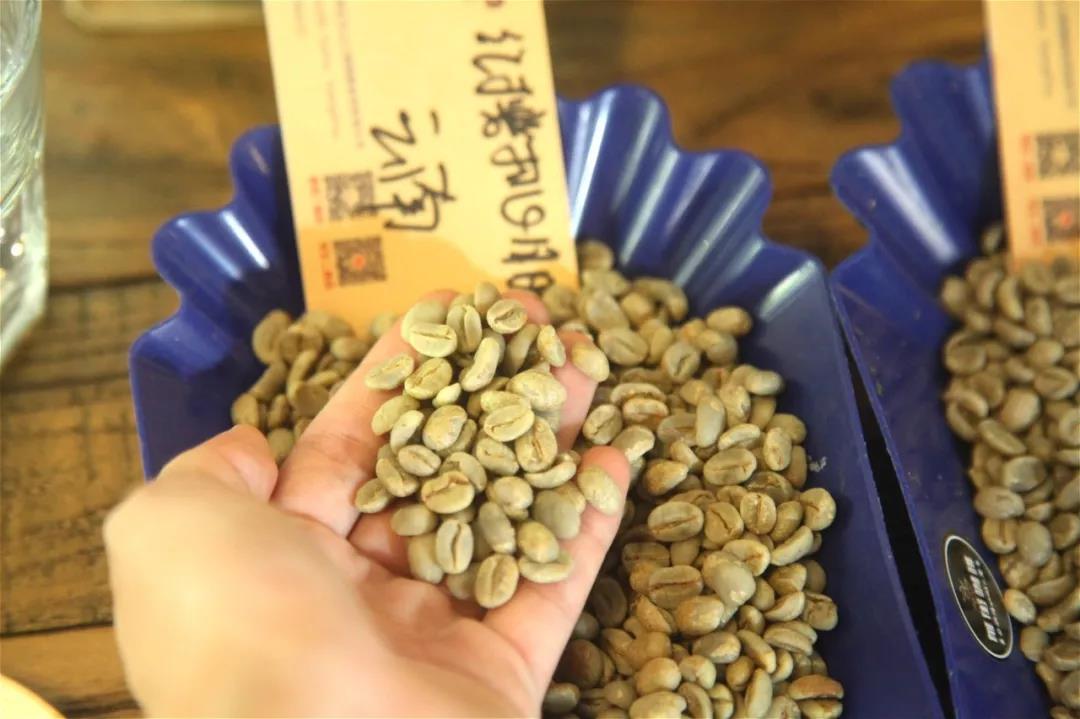


heat that oven to 200 deg. C and putting into the pot, open the air door for 3 minutes, adjust the fire power to 160 deg. C after 1 minute, return to the temperature point for 1:36 seconds, bake to 4 '50 "and turn yellow, the temperature is 150.7 deg. C, the smell of grass completely disappears, dehydration is completed, the fire power is unchanged, and the air door is changed to 4;
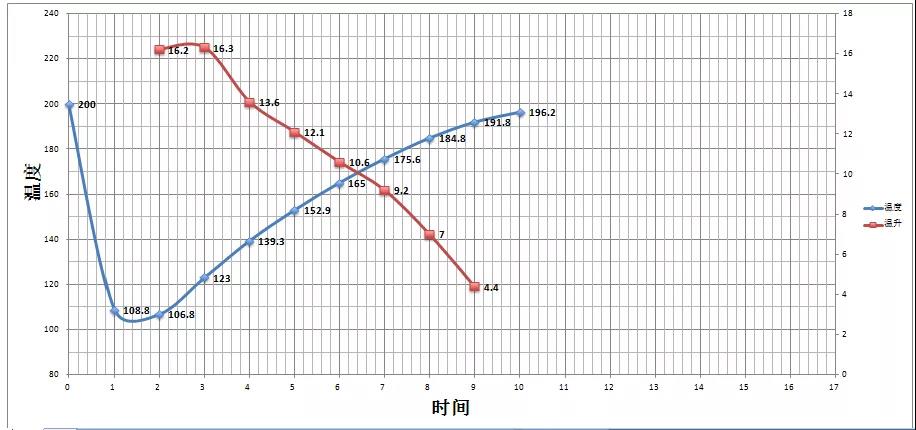
6 minutes, fire to 140, 7 minutes, fire again to 120, 8 minutes, beans appear ugly beard wrinkles and black stripes, toast flavor obviously changed to coffee aroma, can be defined as a prelude to explosion, this time to hear the sound of explosion point, to 8 '33 "to start explosion, fire to 90, damper fully open 5, 9 minutes to reduce the fire to 20 degrees, explosion development 205", in 198.5 degrees under the pan, belongs to moderate baking.
[Cup Test and Flavor]

Cup measuring instrument: cup measuring cup, cup measuring spoon, 94 ℃ hot water, COE recording table, coffee beans, thermometer, timer, grinding degree BG 4M (China No.20 sieve pass rate 75%)
Process: slag breaking within 4 minutes after water injection, cup evaluation score according to COE test table within 30 minutes
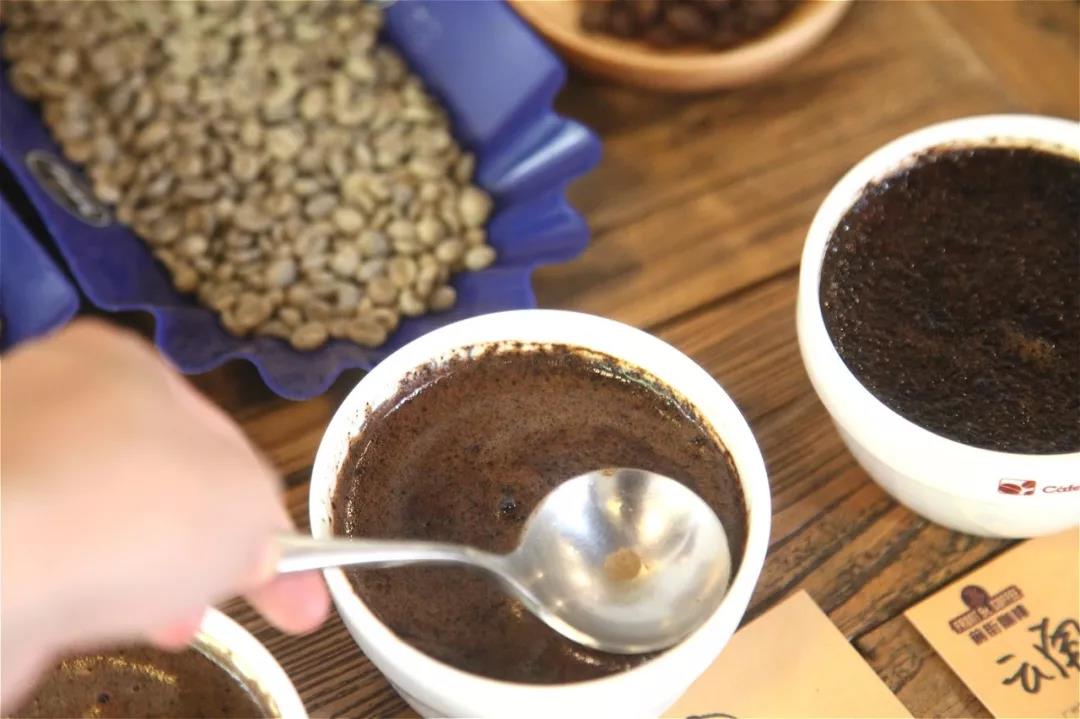
Curve No. 1: grain taste obvious, sour bright, but lack of aftertaste, cleanliness slightly worse;
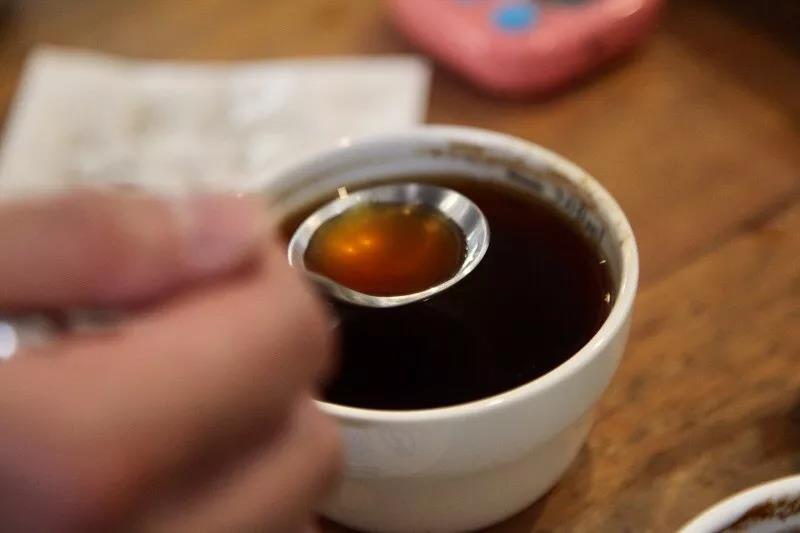
Curve 2: soft citrus, fermented fruit, cocoa, nuts, dark chocolate, herbs, wood;
Line 3: caramel, cocoa, almond, dried fruit, grapefruit peel flavor, caramel flavor;
Line 4: bitter taste, cut tobacco, spicy aftertaste, fir flavor, poor taste;
After the cup evaluation score, it was discussed that the flavor of Line 2 was relatively high, and the flavor and taste were balanced. Meanwhile, the caramel flavor of Line 3 was rich, sour and steady, and the characteristics of Katim were retained. Therefore, the two curves were hand-washed and compared.
[Hand Impact Test]

The first brew:
V60 filter cup, water temperature 90 ℃, powder/water ratio 1:15, grinding degree BG 5R (Chinese standard No.20 sieve pass rate 64%), extraction time 2:00s
Manipulation: 30-125-227g, the first section of small water injection to 125g, the second section of slightly larger water flow to 227g;

Flavor of Line 1: Herbal flavor, citrus acidity, caramel, cocoa, but overall there is a heavy astringency and miscellaneous taste,
Line 2 Flavor: bitter in the mouth, although caramel, dark chocolate flavor, but the taste is not pleasant, drink like bitter tea
Judgment: The mixed taste and astringent taste are obvious, because the baking degree is light, the caramelization reaction is not sufficient, and the chlorogenic acid decomposition is not complete, so the No.1 line is eliminated; the water temperature is high during brewing, and the powder water ratio of 1:15 is fully extracted, bringing out the bitter taste of the latter stage, so in order to reduce the bitter release, the powder water ratio test of 1:14 is adopted;
Second adjustment:

V60 filter cup, water temperature 86 ℃, powder-water ratio 1:14, grinding degree BG 5R (Chinese standard No.20 sieve pass rate 64%), extraction time 1:59s
Manipulation: 30-125-227g, the first section of small water injection to 125g, the second section of slightly larger water flow to 234g;
2 curve flavor: like a concentrated version of bitter gourd water, herbal tea, taste bad.
Judgment: reducing the ratio of water to flour and lowering the water temperature brings about the bitter taste of the concentrated version, which proves that the source of bitter taste is due to the technique. Small water flow water injection makes the taste fully released. The water temperature is still not low enough. The speed of bitter extraction is accelerated, and the concentration is too high, so it becomes concentrated bitter gourd soup. It needs to use a lower water temperature and a ratio of 1:15 powder to water.
Third adjustment:
V60 filter cup, water temperature 82-83 ℃, powder-water ratio 1:15, grinding degree BG 5R (Chinese standard No.20 sieve pass rate 64%), extraction time 1:58s
Manipulation: 30-125-227g, slightly faster circle speed, the first section of large water flow injection to 125g, the second section of larger water flow to 227g, water column higher;
2 curve flavor: herbal flavor is not as heavy as before, there is a clear calm fruit acid, after cooling, caramel, dried fruit, cocoa, dark chocolate, herbal, woody flavor, such a quick flush, can make the bitter release of the middle and later segments reduced.
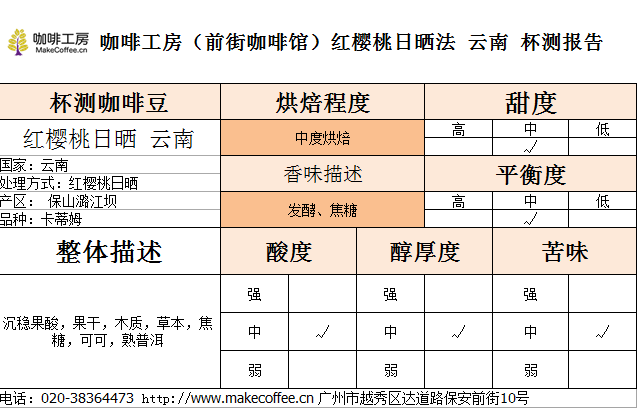
Summary: Katim also has its own flavor characteristics, but essentially, the variety determines the general trend of taste, Katim retains 1/4 of the Robusta gene, retains the herbaceous, woody and bitter, but can be adjusted by baking and hand washing, weakening the bad flavor; while Huaguoshan prefers soft caramel, cream chocolate, honeydew melon flavor, brown sugar finish. Is it katim, iron pickup, or other varieties with different treatments that represent Yunnan's regional flavor? We're still exploring...
For more professional coffee exchanges, please scan the code and follow WeChat: qiannjie
Important Notice :
前街咖啡 FrontStreet Coffee has moved to new addredd:
FrontStreet Coffee Address: 315,Donghua East Road,GuangZhou
Tel:020 38364473
- Prev
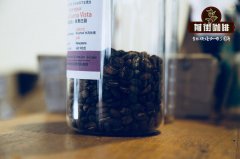
UCC Yushi Brazil Santos NO.2 Coffee is good _ UCC handmade Coffee beans recommended
Professional coffee knowledge exchange more coffee bean information please pay attention to the coffee workshop (Wechat official account cafe_style) [Brazilian coffee Santos No.2 red bourbon] Brazil Santos No.2 is the representative bean of Brazilian coffee, but this time the red bourbon and yellow bourbon are also precious varieties and very popular high varieties. The taste is not as strong as that of yellow bourbon
- Next

Brazilian hillside manor sun yellow colorful hand coffee how to make ice _ Brazilian hand coffee how to do
Professional coffee knowledge exchange more coffee bean information please follow the coffee workshop (Wechat official account cafe_style) Yellow Bem-te-vi Caf das Vertentes Sul de Minas, Brasil hillside manor Huang Qiqi micro-batch varieties: yellow fruit Catucai flavor: carambola, lime, caramel, chocolate mesh: 17 SCAA 18 SCAA score: 86 recommended roasting degree:
Related
- Detailed explanation of Jadeite planting Land in Panamanian Jadeite Manor introduction to the grading system of Jadeite competitive bidding, Red bid, Green bid and Rose Summer
- Story of Coffee planting in Brenka region of Costa Rica Stonehenge Manor anaerobic heavy honey treatment of flavor mouth
- What's on the barrel of Blue Mountain Coffee beans?
- Can American coffee also pull flowers? How to use hot American style to pull out a good-looking pattern?
- Can you make a cold extract with coffee beans? What is the right proportion for cold-extracted coffee formula?
- Indonesian PWN Gold Mandrine Coffee Origin Features Flavor How to Chong? Mandolin coffee is American.
- A brief introduction to the flavor characteristics of Brazilian yellow bourbon coffee beans
- What is the effect of different water quality on the flavor of cold-extracted coffee? What kind of water is best for brewing coffee?
- Why do you think of Rose Summer whenever you mention Panamanian coffee?
- Introduction to the characteristics of authentic blue mountain coffee bean producing areas? What is the CIB Coffee Authority in Jamaica?

